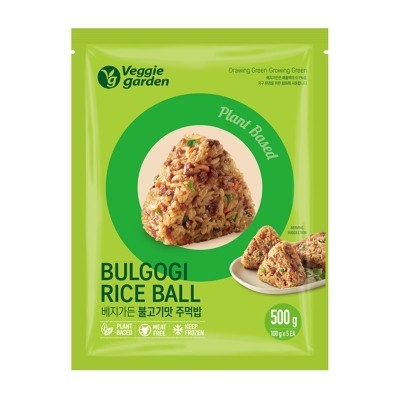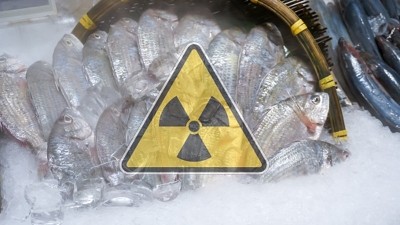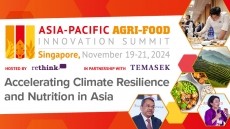No safety, no security: Asia food system facing triple threat of microbe, chemical and physical contamination - expert insights

This was the main message delivered by South East Asia Food and Agricultural Science and Technology. (SEAFAST) Senior Scientist and former Codex Alimentarius Vice President Prof. Dr. Purwiyatno Hariyadi to the floor at the recent Fi Asia Conference in Jakarta, Indonesia.
He urged for food safety and relevant measures to be considered as a necessity in order for nations to achieve food security of any form.
"Without food safety, there can be no food security because there can essentially be no food if it is not safe to eat - this makes food safety a prerequisite of food security,", he said.
"The fact is that food safety has major impacts with health concerns being the main one but also negatively affecting the economy and trade relationships.
"We also need to recognise that climate change is in fact accelerating the food safety issue [especially in markets like Asia] as temperature is a very major player in terms of exacerbating harm and many markets in this region have tropical weather."
Based on this argument, he stressed that the alarming rate at which global mean temperatures are accelerating upwards also means that the risk of foodborne diseases are also accelerating upwards.
"The three main threats to our food supply today are microbiological hazards, chemical hazards and physical hazards, all of which are can be significantly affected by temperature and hence by climate change," he said.
"Looking at microbiological threats, studies have shown that salmonellosis cases in Europe have increased by 5% to 10% with every 1°C rise in weekly average temperatures, and a similar trend had been observed for Campylobacter infections as well.
"Temperature plays such a key role here as a higher temperature provides a more suitable environment for microbes to live and thrive in.
"Physical hazards to our food are also affected by climate change as this will exacerbate situations like floods, droughts, storms and so on which just opens the food supply up to contamination, and us the consumers to waste, debris and direct contaminants like microplastics."
Chemical hazards are considered to have some of the most wide ranging potential risks when it comes to contaminating the food supply, both from direct and indirect avenues.
"Toxins are one of the biggest areas of concern when it comes to the chemical contamination of foods, and we already have many existing examples and studies of this happening particularly when the rising temperatures are causing increased runoff driving pesticides, heavy metals and more into bodies of water," he said.
"These toxins are absorbed by plants and also accumulate in shellfish and other seafood, which basically means two major food sources i.e. Plant-based and seafood products face significant risk.
"Phycotoxins for example are produced by some algae, and can harm human health in multiple ways such as Ciguatera Fish Poisoning - this occurs when fish eat algae with ciguatoxins, and can cause symptoms such as nausea, diarrhoea, extreme itching, headaches and more.
"In plants, higher temperatures cause higher moisture levels in crops which encourages mycotoxin growth - this in turn can cause direct food poisoning (eating the contaminated plant) or indirect food poisoning (eating animals that ate the contaminated plant)
"Also, a specific study into methylmercury in fish found that a 1°C rise in sea temperature led to an increased 4.4% methylmercury concentration in fish, which has significant risks for the human nervous system if consumed excessively."
Economic concerns
In addition to concerns over the potential impacts to public health and food security, Prof Purwiyatno added that the economic fallout is likely to be dire if these food safety issues are not addressed.
"The numbers from a global standpoint are clear - every year, 600 million people fall sick and 420,000 people die due to food safety hazards, and this had led to some 33 million DALYs lost," he said.
"This all translates directly to economic impacts, and the data shows that some US$110bn of economic losses have been recorded - so the effects on economy and trade cannot be denied."



















